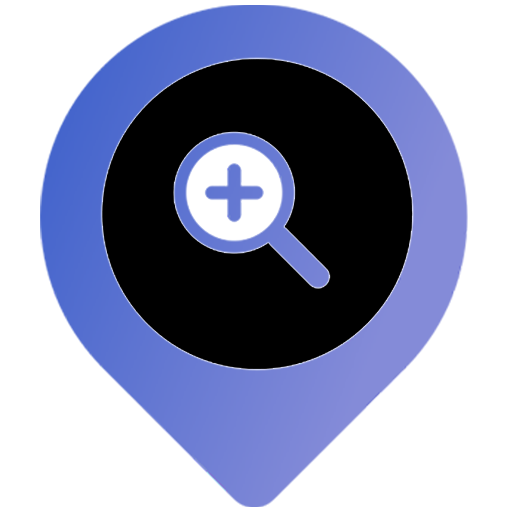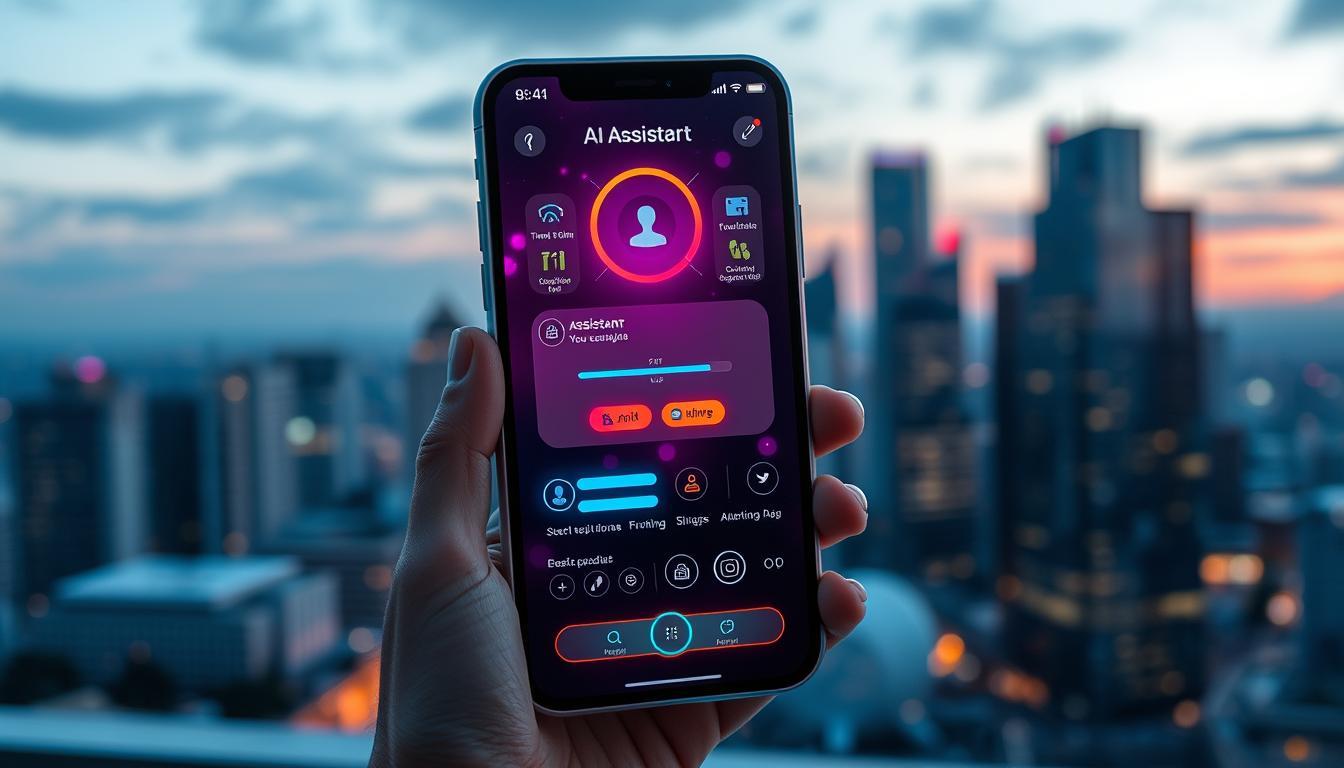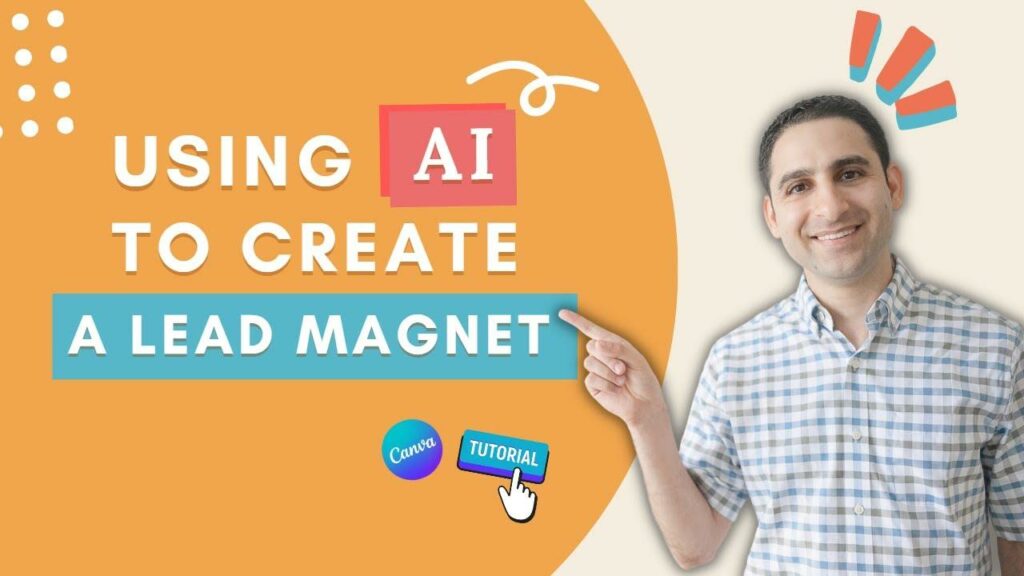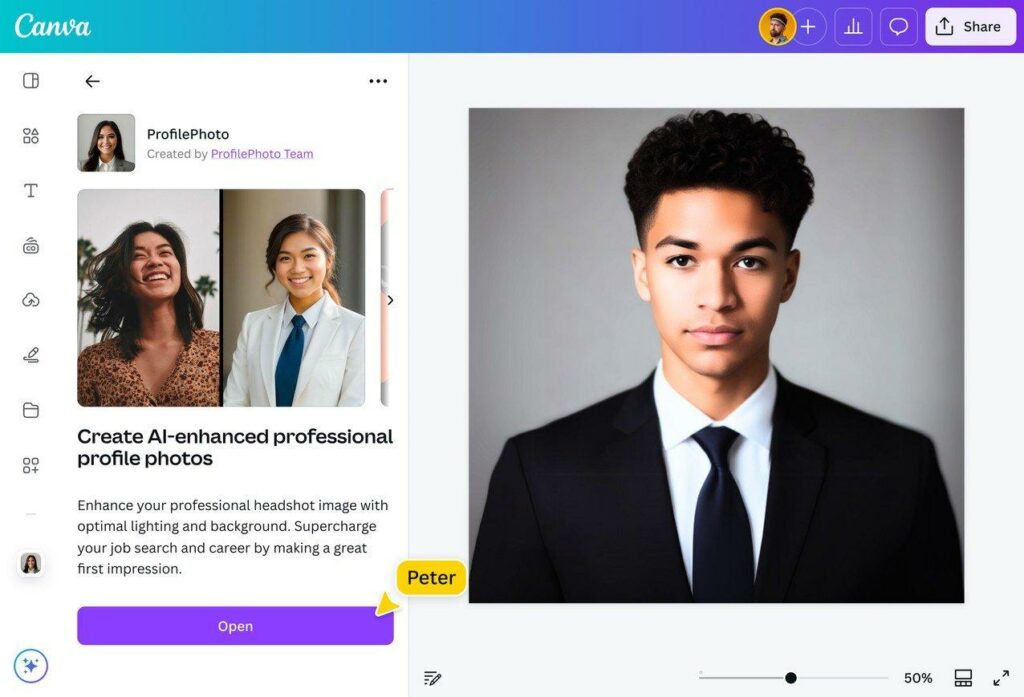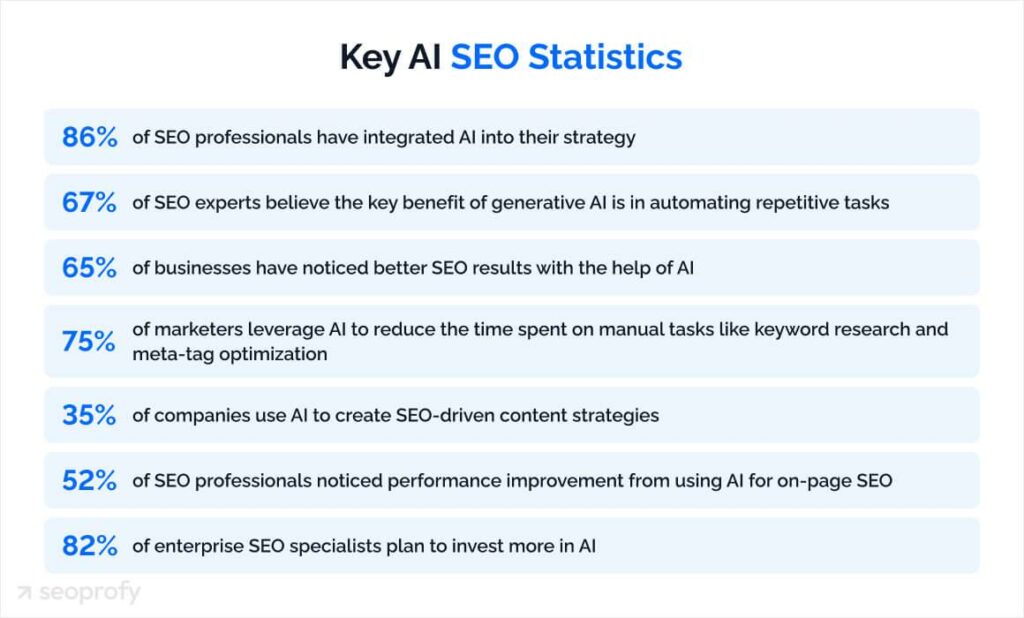In today’s fast-evolving digital landscape, the power to create isn’t reserved for seasoned developers alone. Mobile app design has leapt beyond lines of code, inviting creators from all backgrounds to bring their ideas to life with ease and innovation. Thanks to the surge of AI-driven tools, designing a mobile app without any coding knowledge is not just possible-it’s becoming the new norm. This article explores some of the best AI tools that empower anyone to craft stunning, functional apps effortlessly, bridging the gap between imagination and reality in the most intuitive way. Whether you’re an entrepreneur, designer, or hobbyist, these intelligent platforms are here to transform your vision into an interactive experience without a single line of code.
Table of Contents
- Best AI Platforms Empowering No-Code Mobile App Design
- Deep Dive into User-Friendly AI Features for App Creation
- Top AI Tools Recommended for Seamless Mobile App Development
- Q&A
- Closing Remarks
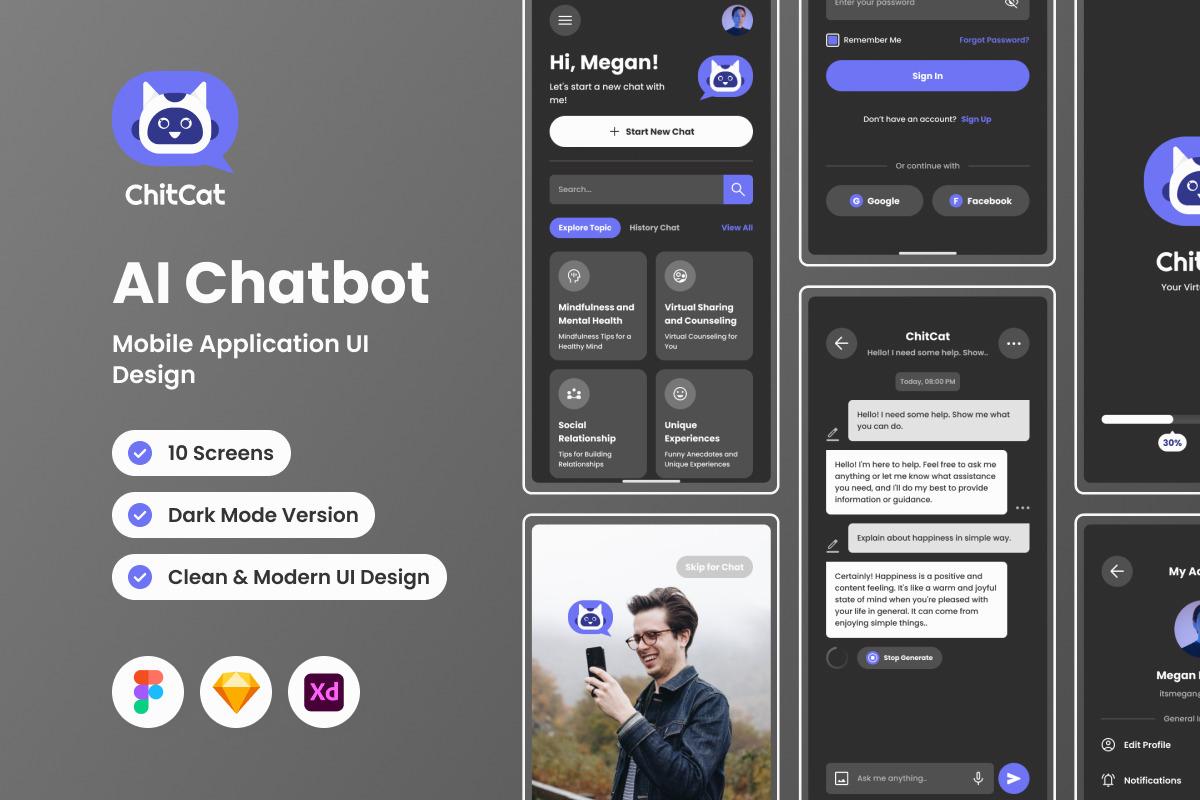
Best AI Platforms Empowering No-Code Mobile App Design
Revolutionizing mobile app creation, these AI platforms enable users to craft stunning, functional apps without writing a single line of code. Intuitive drag-and-drop interfaces, combined with AI-driven design suggestions and automation, simplify complex tasks such as UI/UX optimization, prototyping, and backend integration. Platforms like AppGyver and Thunkable excel in providing versatile templates and smart components, while Adalo focuses on seamless database connections powered by AI to ensure dynamic content handling. These tools empower entrepreneurs and designers alike to bring their mobile app visions to life effortlessly, cutting down development time and costs significantly.
- AppGyver: AI-assisted logic flows and visual editing
- Thunkable: Smart component recommendations and instant previews
- Adalo: AI-backed database management and user analytics
- Bubble: Automated UI prototyping and drag-and-drop elements
| Platform | AI Feature | Best For |
|---|---|---|
| AppGyver | Logic automation | Complex workflows |
| Thunkable | Component suggestion | Rapid prototyping |
| Adalo | Database integration | Dynamic apps |
| Bubble | UI automation | Visual builders |
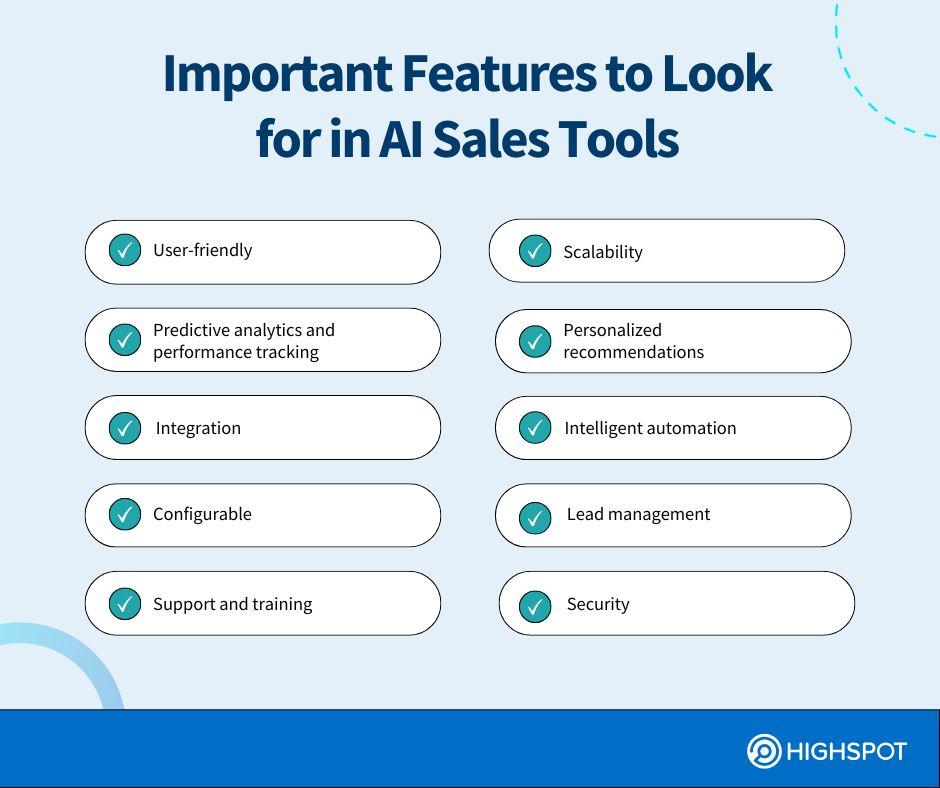
Deep Dive into User-Friendly AI Features for App Creation
Harnessing AI features in app development dramatically lowers the barrier for creatives and entrepreneurs alike, allowing them to bring visionary concepts to life without a single line of code. Today’s platforms offer intuitive drag-and-drop interfaces powered by AI-driven suggestions that adapt to your design preferences and user experience goals. Features like automated layout optimization, responsive design previews, and smart component libraries not only speed up development but also ensure your app meets modern usability standards. Moreover, seamless AI integration facilitates real-time user behavior analysis, enabling personalized content delivery and enhanced engagement. Here’s a closer look at the core attributes transforming how apps are created:
- AI-Powered UI Recommendations: Smart suggestions for color schemes, typography, and element placement.
- Natural Language Processing: Convert your ideas into functional app commands effortlessly.
- Automated Testing: AI runs simulations to detect glitches and optimize performance before launch.
- Cross-Platform Compatibility: Single-build deployments on iOS, Android, and web thanks to AI-adaptive frameworks.

Top AI Tools Recommended for Seamless Mobile App Development
Harnessing the power of AI in mobile app creation transforms the design process into a fluid and intuitive experience. Among the most innovative tools leading this revolution are AppGyver, which offers a visual builder fueled by AI to streamline complex logic workflows; Thunkable, known for its AI-assisted component suggestions to accelerate UI/UX design; and Builder.ai, which employs intelligent recommendations to tailor app features to user needs without a single line of code. These platforms thrive on user-friendly interfaces combined with AI-driven automation that effectively remove traditional barriers, allowing creators to focus on innovation rather than implementation.
- AppGyver: Drag-and-drop interface with AI logic helper.
- Thunkable: Smart UI components powered by AI guidance.
- Builder.ai: AI-curated features and deployment automation.
| Tool | AI Feature | Ideal For |
|---|---|---|
| AppGyver | Logic automation | Non-developers with complex app needs |
| Thunkable | Component suggestion | Designers seeking UI agility |
| Builder.ai | Feature customization | Entrepreneurs wanting tailored apps |
Q&A
Q&A: Best AI Tools to Design a Mobile App Without Coding
Q1: What are AI tools for designing mobile apps without coding?
A1: AI tools for designing mobile apps without coding are software platforms that leverage artificial intelligence to simplify and automate the app development process. They enable users-regardless of programming expertise-to create visually appealing, functional mobile apps through intuitive interfaces like drag-and-drop builders, smart templates, and AI-powered suggestions.
Q2: Why should I consider using AI tools instead of traditional coding?
A2: AI tools drastically reduce the time, cost, and technical barriers often associated with app development. They allow non-developers to bring their ideas to life quickly while offering smart design assistance and integration options. This democratizes app creation, empowering entrepreneurs, designers, and hobbyists to build apps without hiring developers.
Q3: What features should I look for in an AI app design tool?
A3: Key features include a user-friendly drag-and-drop interface, AI-generated design suggestions, customizable templates, real-time previews, seamless integration with third-party services (like payment gateways or databases), multi-platform deployment, and support for user testing and feedback. Additionally, look for tools with strong community support and documentation.
Q4: Can these AI tools handle complex app functionalities?
A4: Many AI-driven no-code platforms can support moderately complex features such as user authentication, push notifications, in-app purchases, and data syncing. However, extremely specialized or highly customized functionalities might still require traditional coding or developer assistance. It’s best to evaluate the platform’s capabilities relative to your app’s requirements.
Q5: Could you name some of the best AI tools for designing mobile apps without coding?
A5: Sure! Some top contenders currently include:
- Adalo: Known for its intuitive drag-and-drop builder and database integration.
- Thunkable: Offers AI-assisted components and easy multi-platform deployment.
- AppGyver: Great for building complex logic with visual programming.
- Bubble: While primarily web-focused, it supports progressive web apps and integrates AI plugins.
- Glide: Turns spreadsheets into sleek mobile apps quickly with smart automations.
Q6: How reliable are apps built with AI no-code tools in terms of performance?
A6: Apps built with these tools generally perform well for standard use cases, thanks to optimized backend services and scalable infrastructure provided by the platforms. However, the performance may vary depending on app complexity, platform limitations, and internet connectivity, especially for apps heavily reliant on cloud-based data.
Q7: Are AI tools suitable for both beginners and experienced designers?
A7: Absolutely. Beginners benefit from guided interfaces and AI recommendations that flatten the learning curve, while experienced designers appreciate the speed and flexibility these tools offer to prototype and iterate quickly without deep coding. Many platforms cater to a wide skill range with scalable complexity options.
Q8: What’s the future outlook for AI in app design without coding?
A8: AI in app design is poised to become increasingly intelligent and intuitive, enabling even richer customization, real-time user behavior analysis, and predictive design improvements. As natural language processing advances, future tools may allow users to build apps simply by describing their ideas verbally or through casual conversation.
Q9: How can someone start using AI tools to design their first app?
A9: Start by outlining your app’s purpose and core features. Choose a platform that aligns with your needs-many offer free tiers or trials. Explore tutorials and community forums, experiment with templates and AI assistants offered by the tool, and build a simple prototype. Iterate based on feedback, then gradually add complexity as you get familiar with the platform.
Q10: Are there any limitations or challenges with AI no-code app design tools?
A10: While powerful, these tools can have limitations such as limited customization beyond provided templates, potential vendor lock-in, subscription costs, and possible challenges scaling highly specialized features. Additionally, apps built without code may need external support for complex backend logic or integrations. Understanding these trade-offs upfront will help set realistic expectations.
Closing Remarks
As we navigate the evolving landscape of app development, these AI-powered tools serve as invaluable guides-empowering creators to transform ideas into fully functional mobile apps without writing a single line of code. Whether you’re a seasoned designer or a curious beginner, embracing these innovations can accelerate your journey from concept to launch, making app creation more accessible and imaginative than ever before. The future of mobile design is no longer confined to coders-it’s a canvas ready for anyone with a vision and a spark of creativity.
